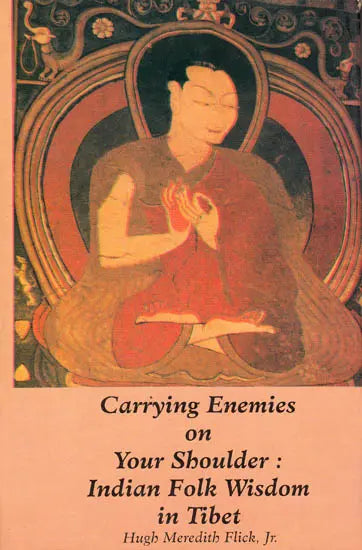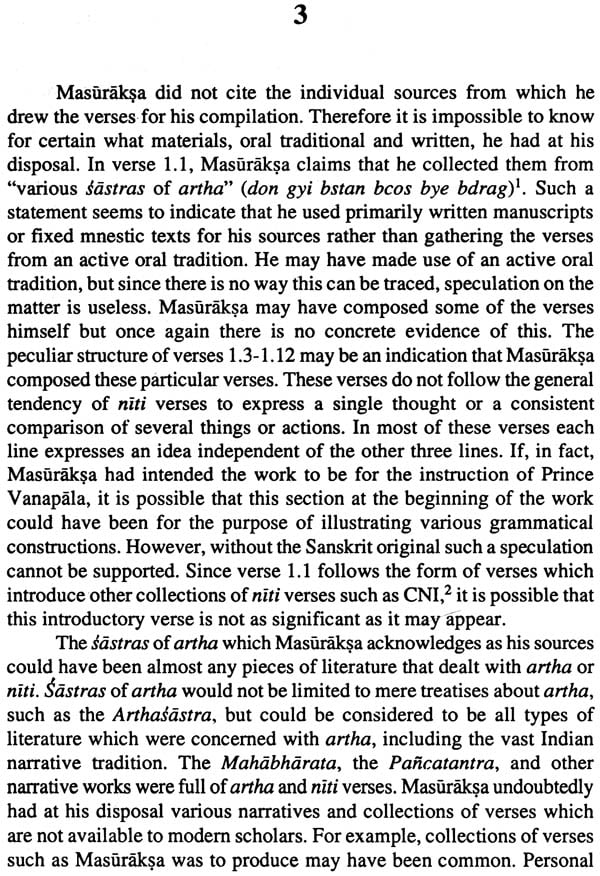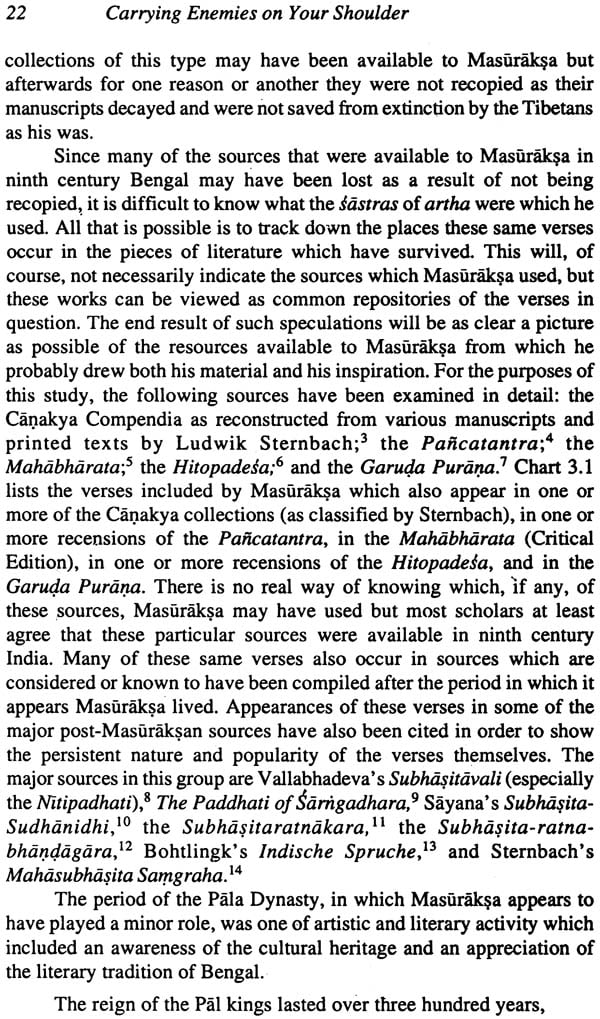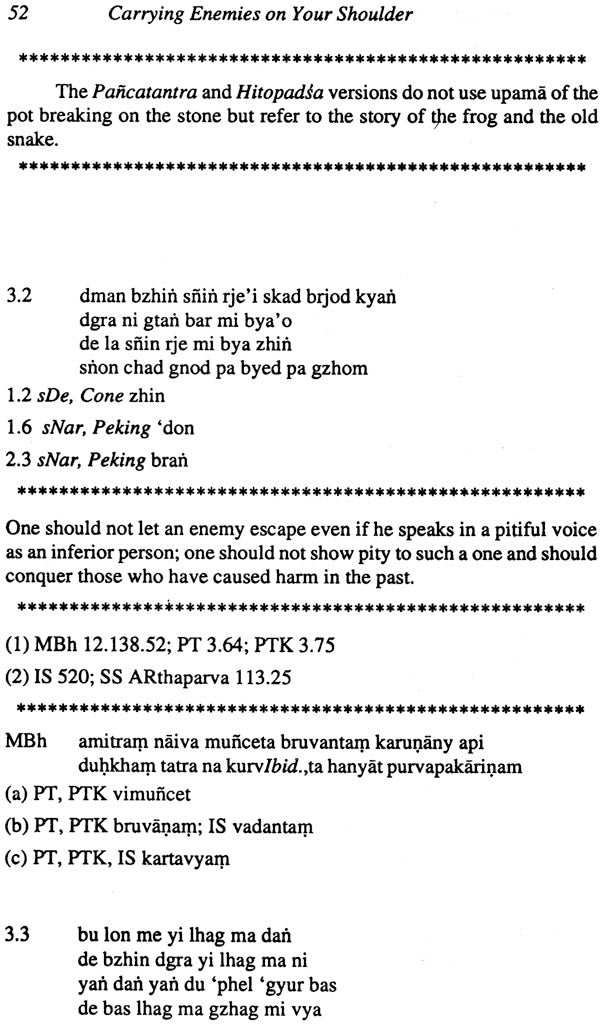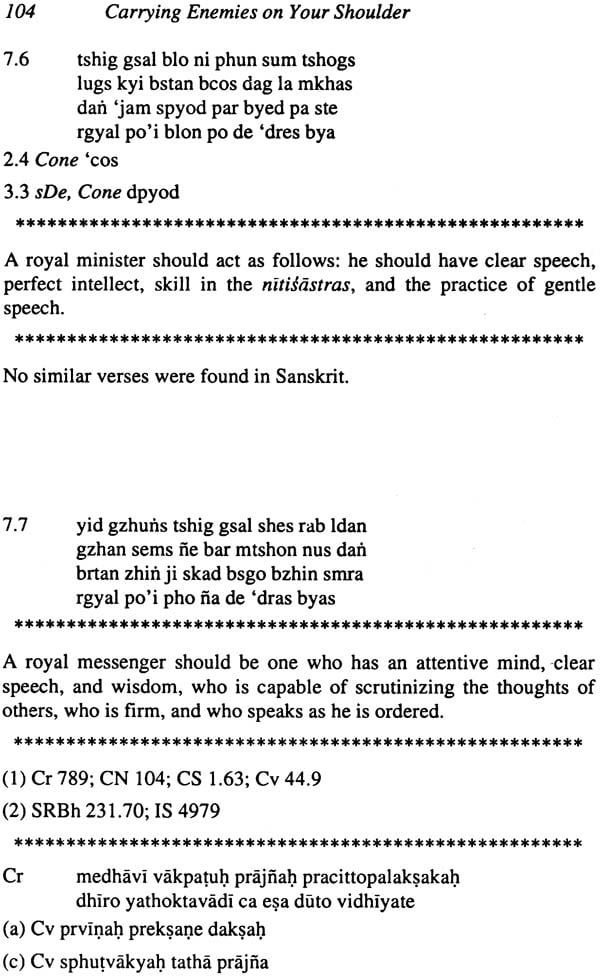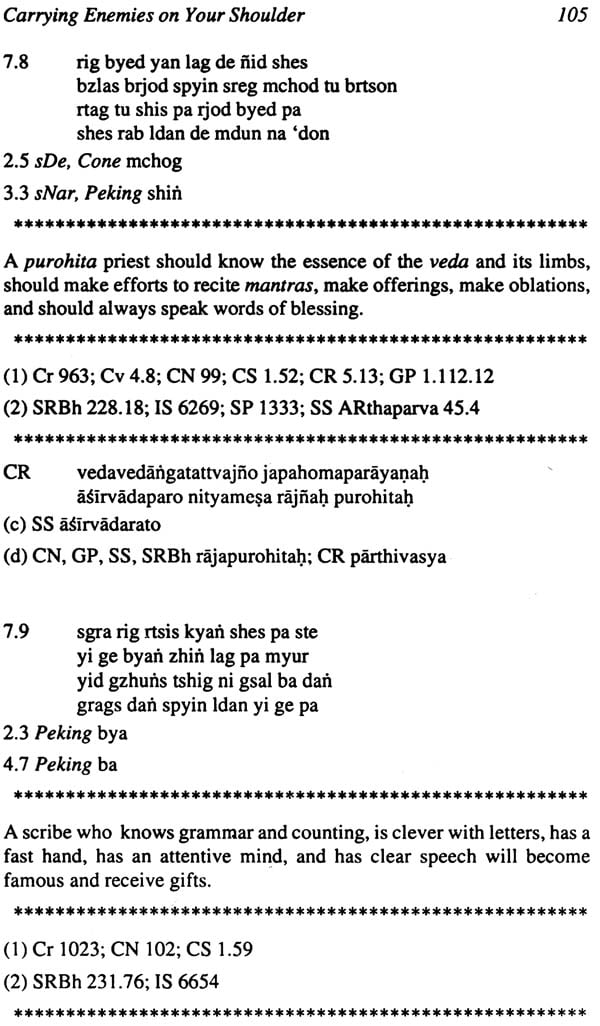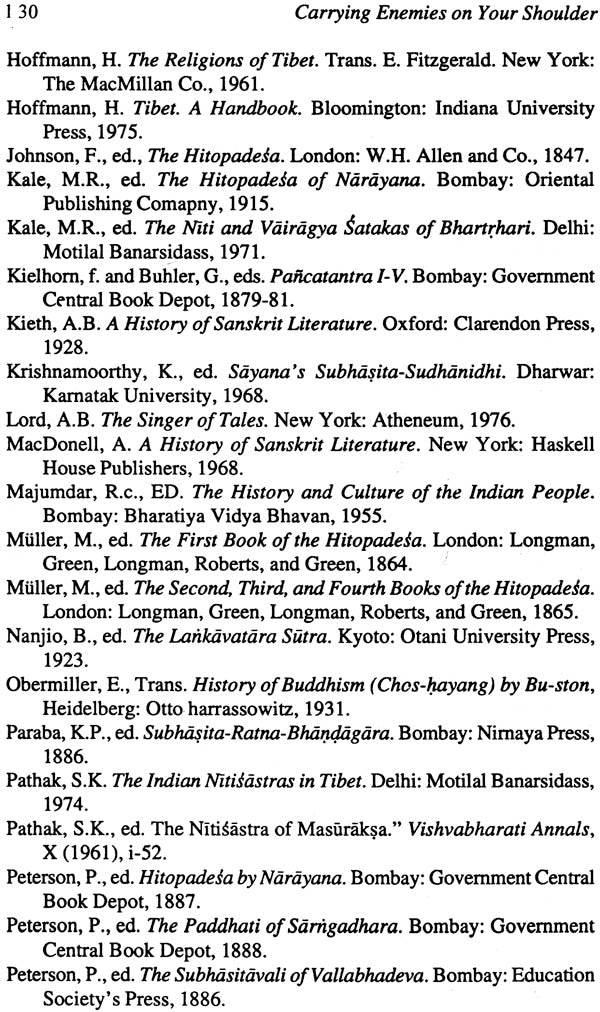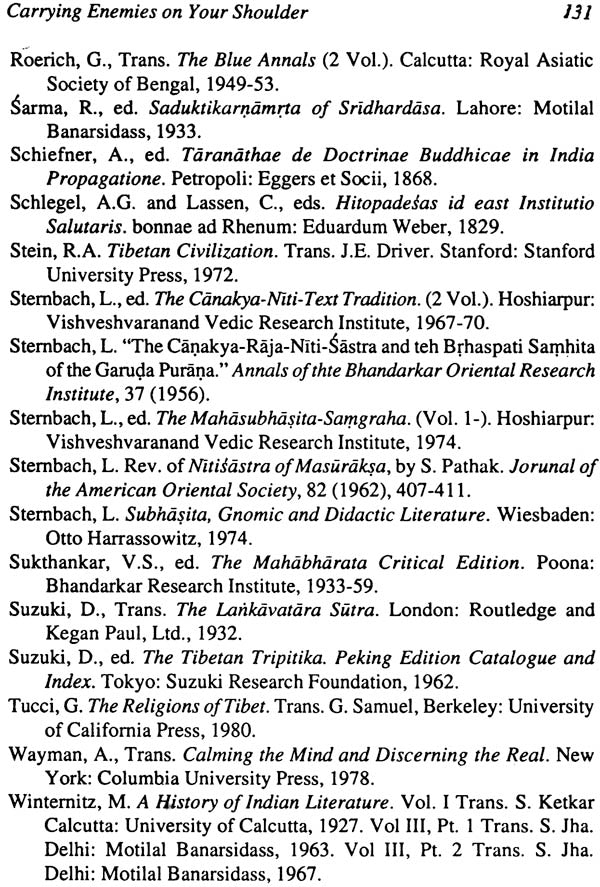Carrying Enemies on your Shoulder; Indian Folk Wisdom in Tibet
Carrying Enemies on your Shoulder; Indian Folk Wisdom in Tibet is backordered and will ship as soon as it is back in stock.
Couldn't load pickup availability
Genuine Products Guarantee
Genuine Products Guarantee
We guarantee 100% genuine products, and if proven otherwise, we will compensate you with 10 times the product's cost.
Delivery and Shipping
Delivery and Shipping
Products are generally ready for dispatch within 1 day and typically reach you in 3 to 5 days.
-
Book Title: The Nitisastra of Masuraksa
-
Author: Hugh Meredith Flick, Jr.
-
Publisher: Sri Satguru Publications
-
Language: English
-
Edition: 1996
-
ISBN: 9788170304791
-
Pages: 137
-
Cover: Hardcover
-
Dimensions: 22.5 cm x 14.5 cm
-
Weight: 280 gm
Book Description
From the Jacket
The cultural interaction between India and Tibet is a rich tapestry of shared traditions and exchanges, particularly in the realm of religion. However, beyond the religious sphere, many other areas of human activity, especially folklore, also demonstrate significant interaction. Oral traditions, which preserve these folk beliefs, played a crucial role in facilitating this cross-cultural exchange. One of the most important forms of folklore that crossed cultural boundaries is folk wisdom, often preserved in short verses. While Tibetan folklore has very little written documentation, much of it survives in oral traditions, and a significant portion of this wisdom can be traced back to Indian sources.
The Nitisastra of Masuraksa, although the Sanskrit original has not survived, exists in a Tibetan translation that is found in the bsTan ‘Gyur. It is likely that Masuraksa compiled this collection of verses from both manuscript sources and oral traditions. The book provides a detailed introduction to the verses, discusses their Sanskrit sources, and offers a translation of the Tibetan text with annotations referencing occurrences in Sanskrit literature.
Masuraksa's text is a key example of the cultural interchange between India and Tibet. Selected for inclusion in the bsTan ‘Gyur (the Tibetan canon), this work represents an important piece of secular Indian literature that was considered valuable enough to be preserved within Tibetan sacred literature.
Preface
This study of the Nitisastra of Masuraksa was initiated as a way to examine the role of folklore in ancient India. The verses are an integral part of India's ancient folklore, and this collection, which serves as a case study, sheds light on the dynamic relationship between folklore and written literature. Moreover, it highlights the cultural interaction between India and Tibet.
The book also serves as an introduction to the broader field of oral traditions in ancient India. The research draws heavily on the resources of Harvard University, where the bsTan ‘Gyur is housed in several recensions, including the sDe-dGe Edition, the sNar-Thang Edition, and the Cone Edition. The Sanskrit sources were consulted from the collection at Widener Library, Harvard University.
Acknowledgements
The author expresses deep gratitude to various individuals for their contributions to the study, including:
-
Professor Daniel H.H. Ingalls for his guidance in Sanskrit narrative literature.
-
Professor Masatoshi Nagatomi for his help with Tibetan verses and insights into the cultural exchange between India and Tibet.
-
Mr. Siddiq Wahid and Venerable Tulku Thondup for their personal knowledge of Tibetan.
-
Special thanks to Harriet Caplan for her unwavering support and encouragement throughout the research and writing process.

